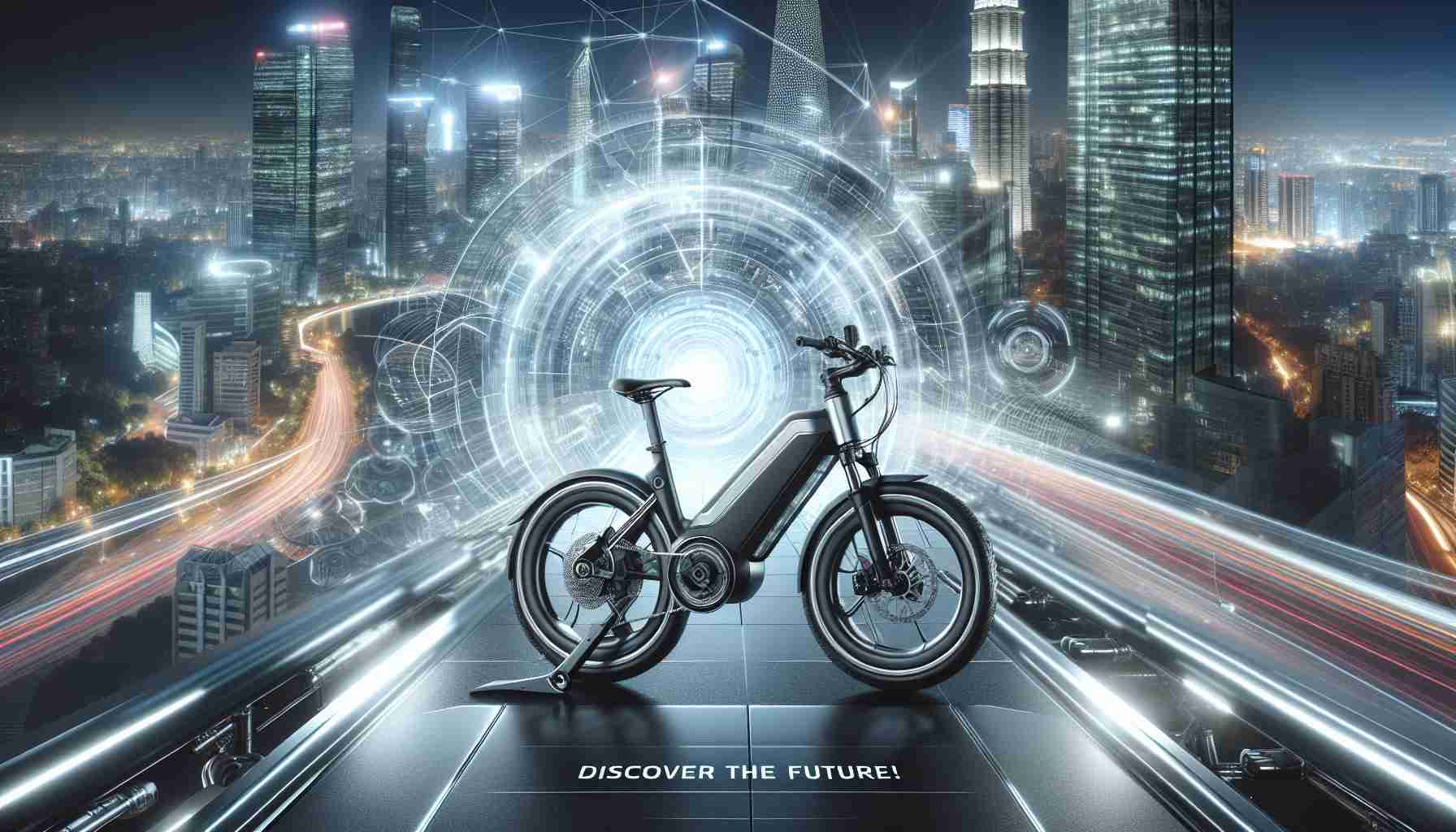- Tesla’s sales have declined, marking a first in years, and sparking speculations.
- Increased competition from automakers and startups broadening EV offerings impacts the market.
- Economic factors like rising interest rates and inflation are affecting consumer purchasing power.
- Supply chain disruptions have constrained Tesla’s production capacity.
- Innovations in EV technology from competitors may be swaying consumer preferences.
- Government policies and incentives for sustainable vehicles could lead consumers to other brands.
- Tesla needs to adapt by diversifying its products, improving technology, and forming strategic partnerships to maintain its market position.
In a surprising twist for the electric vehicle industry, Tesla’s sales have experienced a notable downturn recently, prompting questions and speculations about the underlying reasons and future implications. Renowned for spearheading the electric vehicle (EV) movement, Tesla has hit an unexpected bump in the road as global sales figures show a decrease for the first time in years.
The recent dip in sales comes amid a backdrop of tightening competition, as traditional automakers and new startups aggressively expand their EV offerings. Economic factors such as rising interest rates and inflation may also contribute to this trend, influencing consumers’ purchasing power and decisions. Meanwhile, supply chain disruptions persisting from the pandemic era have hampered production capabilities, making it challenging for Tesla to meet its expected demand.
Moreover, the emergence of new technologies in the EV sector could be reshaping consumer preferences. Competitors are introducing innovative features such as greater battery longevity and charging efficiency, potentially drawing buyers away from Tesla. Furthermore, government policies promoting sustainable energy and offering incentives for diverse environmentally-friendly vehicle purchases might redirect consumer focus to other brands.
Looking ahead, analysts predict that Tesla must adapt to this evolving landscape by diversifying its lineup, enhancing its technology, and exploring strategic partnerships. As the automotive world braces for rapid technological advancements, Tesla’s next moves will be closely scrutinized. The stakes are high, and the outcomes will undoubtedly shape the future trajectory of electric vehicles.
Tesla’s Sales Decline: What it Means for the Future of Electric Vehicles
How is Tesla Responding to the Increased Competition in the EV Market?
To combat the increased competition, Tesla is focusing on several key strategies. One primary approach is the diversification of their vehicle lineup. Tesla is reportedly working on new models that cater to different segments, including more affordable options, which could broaden their consumer base. Additionally, Tesla is investing heavily in research and development to enhance existing technologies, such as battery efficiency and autonomous driving capabilities. They are also exploring potential partnerships and collaborations, both in technology and supply chain management, to stay ahead of the curve and overcome production challenges.
What are the Pros and Cons of Tesla’s Current Position in the EV Market?
Pros:
– Brand Reputation: Tesla continues to hold a strong brand presence, characterized by innovation in EV technology and a loyal customer base.
– Technological Leadership: Tesla’s advancements in battery technology and autonomous driving remain cutting-edge, setting industry standards.
– Sustainability Focus: With a clear commitment to sustainable energy, Tesla remains aligned with global environmental goals and policies.
Cons:
– Rising Competition: Traditional automakers and new startups are aggressively entering the EV market with competitive models, drawing potential customers away from Tesla.
– Economic Pressures: Inflation and rising interest rates are making it hard for consumers to make high-cost purchases like EVs.
– Supply Chain Disruptions: Persistent supply chain issues have negatively impacted Tesla’s production output and delivery timelines.
What Innovations Are Shaping the Future of the EV Market Beyond Tesla?
The electric vehicle market is being shaped by several innovations beyond Tesla’s influence:
– Battery Technology Advances: Improvements in battery longevity and charging speeds are being developed across the industry, with several competitors achieving significant breakthroughs.
– Autonomous Driving: While Tesla has been a leader in this area, competitors are rapidly catching up and offering robust self-driving features that enhance safety and driving experience.
– Sustainability Innovations: New players are focusing on sustainable materials and manufacturing processes, offering solutions that appeal to environmentally-conscious consumers.
– Energy Integration: Some companies are integrating renewable energy solutions with EV products, such as home solar power systems that seamlessly charge vehicles, thereby enhancing appeal to eco-friendly consumers.
Suggested Links for Further Exploration:
– Tesla
Overall, Tesla finds itself at a pivotal point where strategic innovation and adaptation are crucial in maintaining its market position amidst rising competition and shifting consumer priorities. The future of Tesla in the EV race will depend significantly on how well it navigates these challenges and leverages its strengths.













